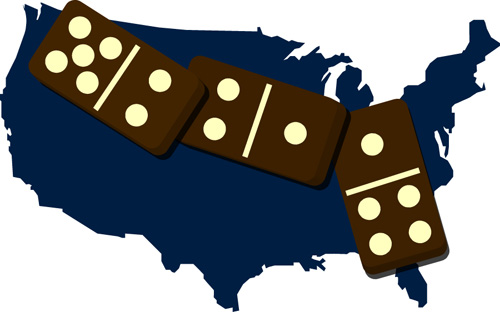Hashing it out, Brady style

by Laurie Sheldon If you've been reading our blog or following us on Facebook, you are probably aware of what I can only think to describe as either the Battle of the Blogs or Blogominoes . One blog fueled another, and another - from Washington to Michigan to Florida - and the dirty gardeners' fingernails came out... onto the keyboard. No eyes were scratched out, and no one wore tights like a wrestler (that I know of), but the virtual tension was palpable, and the cross-blog commentary stunk like Black Cow. Rather than re-setting the scene, you can catch up to speed by checking out Taryn Evans' blog . Jeff Gillman (a Minnesota-based contributor to the "Garden Professors" blog) graciously responded to Taryn's post by inviting us to a video-conference using Google+ technology. This morning at 11:20 Eastern, 10:20 Central, 9:20 Mountain and 8:20 Pacific, a group of nine suprisingly sane people gave their typing skills a rest and discussed government requ...





